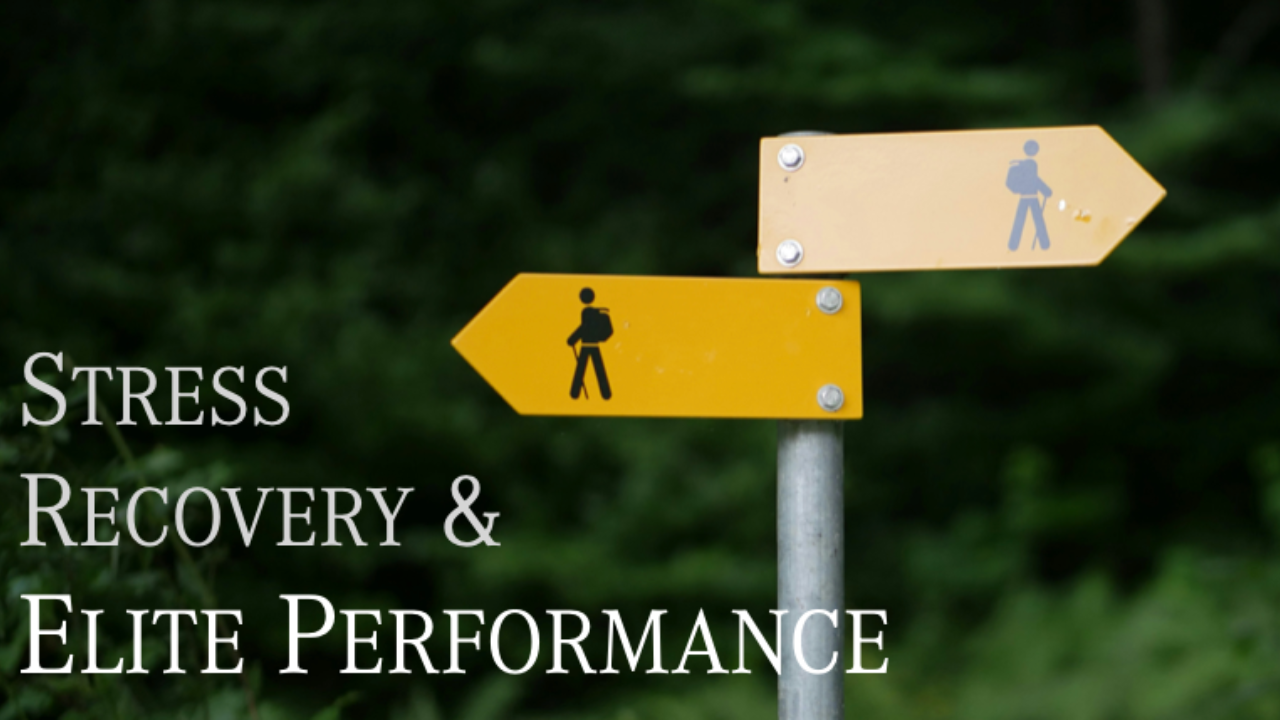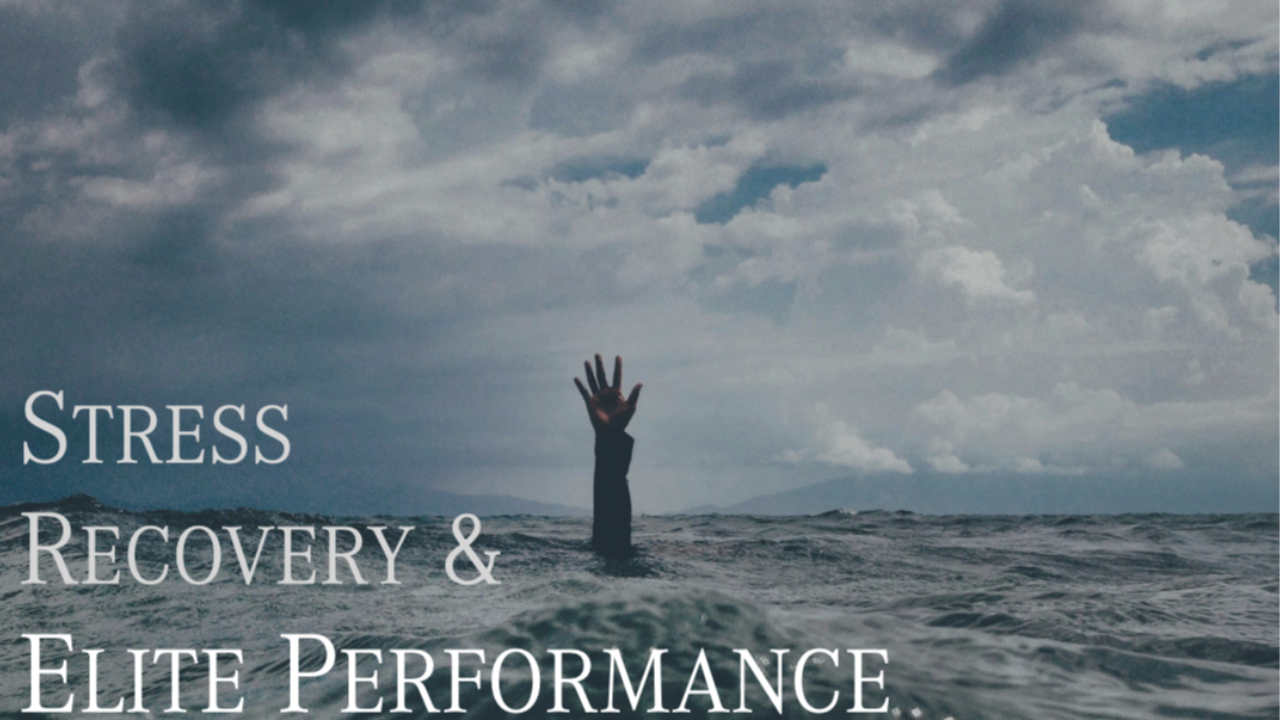The Three-Year Truth That Destroys Most Leaders
Jul 23, 2025
Why the most critical leadership test happens when everyone thinks you've succeeded
"Watch every leader carefully in their third year.
This will tell you everything about their integrity and their commitment to fundamentals."
- Professor Vitor Frade
Satya Nadella's transformation at Microsoft was impressive.
In his first year he focused on cultural messaging and strategic repositioning.
Year two delivered cloud growth and organizational restructuring.
Year three validated the changes were solid and sustainable.
Nadella had crossed the moment when many transformations collapse, navigating the third-year test that destroys most leadership transitions.
By 2017, Microsoft's market capitalization had increased by over $250 billion, but more importantly, the cultural transformation had survived the transition from novelty to normalcy.
As Nadella noted in a 2018 Harvard Business Review interview:
"The real test of transformation isn't the initial excitement—it's whether the change persists when everyone stops paying attention."
The Mentor
Professor Vitor Frade's research on elite team dynamics at the University of Porto revealed a critical pattern that most leadership studies overlook:
'Watch every leader carefully in their third year. This will tell you everything about their integrity and their commitment to fundamentals.'
Frade's mentoring of coaches and analysis of championship teams across multiple decades identified two foundational pillars that determine long-term success:
1. Authenticity as a Leader
and
2. Systematic Adherence to Fundamentals
When these elements weaken, organizational fractures become visible by the third year— this pattern applies consistently across championship teams and Fortune 500 organizations alike.
Your competitors celebrate early wins and relax their systems.
Champions understand that success is where leadership destruction begins.
The Third-Year Crucible
From championship sports teams to Fortune 500 companies, leadership effectiveness follows predictable patterns that most leaders and boards don't recognize.
Year 1: The honeymoon period.
Vision is embraced, change is welcomed, integrity is assumed, and performance improvements often come from eliminating obvious inefficiencies.
Year 2: The reality check.
Initial enthusiasm wanes, challenges emerge, resistance surfaces, but faith typically gets renewed through continued progress and relationship building.
Year 3: The truth revelation.
Impact becomes measurable, integrity gets confirmed or questioned, systems either strengthen or fracture, and long-term sustainability becomes apparent.
Most leaders optimize for Years 1-2 performance while neglecting Year 3 preparation—exactly when their fundamental character and systematic approach get tested most severely.
The Succession Failure Pattern
Business history is littered with leadership transitions that succeeded initially but collapsed in year three:
JCPenney's Ron Johnson: Brought innovative retail concepts from Apple, generated enormous initial excitement, but his transformation collapsed in year three when systematic implementation proved inadequate.
Yahoo's Marissa Mayer: Initially celebrated for bringing Google expertise to Yahoo, but year three revealed that tactical improvements couldn't overcome strategic positioning problems.
General Electric's Jeff Immelt: Started with strong vision and initial restructuring success, but the third year exposed fundamental strategic flaws that persisted throughout his tenure.
The Character Revelation Timeline
Dr. Jim Loehr's research with elite athletes, documented in "The Power of Full Engagement," reveals why third-year performance often diverges from early leadership success:
Initial leadership improvements often come from enthusiasm and attention that naturally fade over time. Sustainable leadership requires systematic approaches that function independent of motivational states.
Leaders who build systems outperform leaders who rely on inspiration because systems scale while inspiration diminishes.
The Venture Capital Perspective
Elite venture capital firms specifically evaluate entrepreneurs based on their ability to sustain performance through the same time frame typically occurring in years 2-3 when initial funding excitement fades and systematic execution becomes essential.
Founder character traits such as authenticity and sticking to the most critical fundamentals predict sustained performance rather than just early traction metrics.
They've learned that entrepreneurs who succeed long-term demonstrate consistent systematic approaches rather than just initial brilliance or early market success.
The Three-Year Sustainability Framework
Elite organizations prepare leaders for third-year success through systematic development:
Phase 1: Foundation Building (Year 1)
Establishing systematic approaches to leadership rather than relying solely on vision and enthusiasm.
Phase 2: System Testing (Year 2)
Subjecting leadership systems to pressure and complexity that reveals gaps before they become critical failures.
Phase 3: Systematic Validation (Year 3)
Demonstrating that leadership effectiveness persists when external motivation decreases and internal character becomes primary driver.
Phase 4: Legacy Preparation (Years 4+)
Building organizational capabilities that transcend individual leadership tenure.
The Amazon Long-Term Approach
Jeff Bezos built Amazon's leadership development around systematic preparation for sustained excellence rather than just early success.
His famous "Day 1" philosophy explicitly addresses the third-year challenge—maintaining startup mindset and systematic innovation even after achieving market dominance.
Amazon's leadership principles emphasize long-term thinking and systematic customer obsession rather than metrics that look good in early leadership phases.
The Implementation Reality
Organizations can improve third-year leadership success through systematic approaches:
Character-Based Selection: Evaluating leadership candidates based on demonstrated ability to sustain performance across multiple years rather than just early career highlights.
System Development Requirements: Expecting leaders to build systematic approaches to their role rather than just delivering immediate performance improvements.
Third-Year Evaluation: Formal assessment of leadership effectiveness in year three with specific focus on sustainability indicators rather than just performance metrics.
Succession Preparation: Beginning leadership development for potential successors during current leaders' peak performance periods rather than waiting for transition necessity.
The Consulting Firm Application
McKinsey & Company's approach to partner development demonstrates systematic preparation for sustained leadership rather than just early success.
Their evaluation process specifically measures consultants' ability to sustain client impact across multiple engagements and years, recognizing that initial project success doesn't predict long-term leadership effectiveness.
Partners who succeed long-term demonstrate consistent systematic approaches to client development rather than just individual project brilliance.
The Elite Advantage
Organizations that understand third-year leadership dynamics gain significant advantages:
Leadership Stability: Systematic preparation reduces leadership transition failures that create organizational disruption.
Cultural Preservation: Leaders prepared for third-year challenges maintain organizational culture rather than allowing it to degrade when attention shifts.
Performance Sustainability: Systematic approaches to leadership enable sustained performance rather than cyclical ups and downs based on leadership transitions.
The Strategic Question
How does your organization evaluate and develop leaders for third-year success rather than just first-year impact?
Are your leadership development systems optimized for sustainability or just initial performance?
The Standard
Your next leadership transition will either strengthen or weaken your organization for the next decade.
The difference isn't the leader's talent or vision—it's their systematic preparation for the third-year test that reveals whether success was sustainable or superficial.
Elite leadership isn't about brilliant first impressions
It's about systematic approaches that thrive when the spotlight fades and character becomes the primary determinant of continued success.
References:
- Loehr, J., & Schwartz, T. (2003). The Power of Full Engagement: Managing Energy, Not Time, Is the Key to High Performance and Personal Renewal. Free Press. - Research on sustained performance patterns in elite leaders.
- Nadella, S. (2018). "The Partnership of the Future." Harvard Business Review, 96(4), 72-79. - Microsoft CEO's analysis of sustained transformation beyond initial implementation phases.





